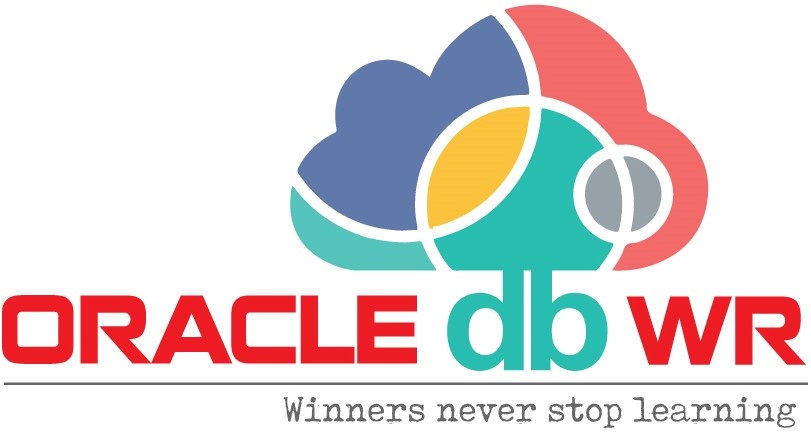Cloning a remote non-cdb:
Step 1 : Connect to the remote database. Make sure it up and running.
[oracle@ram admin]$ export ORACLE_SID=orcl [oracle@ram admin]$ sqlplus / as sysdba SQL*Plus: Release 12.2.0.1.0 Production on Sat Oct 13 03:06:02 2018 Copyright (c) 1982, 2016, Oracle. All rights reserved. Connected to an idle instance. SQL> startup ORACLE instance started. Total System Global Area 838860800 bytes Fixed Size 8626240 bytes Variable Size 629149632 bytes Database Buffers 197132288 bytes Redo Buffers 3952640 bytes Database mounted. Database opened.
Step 2 : Create a user in the remote database for use with the database link.
SQL> CREATE USER r_user IDENTIFIED BY r_user; User created. SQL> GRANT CREATE SESSION, CREATE PLUGGABLE DATABASE TO r_user; Grant succeeded.
Step 3 : Check the remote non-CDB is archivelog mode. If not make it archivelog mode.
SQL> select log_mode from v$database; LOG_MODE ------------ NOARCHIVELOG SQL> alter database close; Database altered. SQL> alter database archivelog; Database altered. SQL> shut immediate ORA-01109: database not open Database dismounted. ORACLE instance shut down. SQL> startup ORACLE instance started. Total System Global Area 838860800 bytes Fixed Size 8626240 bytes Variable Size 629149632 bytes Database Buffers 197132288 bytes Redo Buffers 3952640 bytes Database mounted. Database opened. SQL>
Step 4 : In Oracle 12.1 the remote database to read-only mode before continuing, but this is not necessary in Oracle 12.2 provided the source database is in archivelog mode.
Step 5 : Switch to the local server and create a “tnsnames.ora” entry pointing to the remote database for use in the using clause of the database link.
[oracle@ram admin]$ export ORACLE_SID=dbwr [oracle@ram admin]$ sqlplus / as sysdba SQL*Plus: Release 12.2.0.1.0 Production on Sat Oct 13 03:23:13 2018 Copyright (c) 1982, 2016, Oracle. All rights reserved. Connected to: Oracle Database 12c Enterprise Edition Release 12.2.0.1.0 - 64bit Production SQL> SQL> select db_link from dba_db_links; DB_LINK -------------- SYS_HUB SQL> col name for a15 SQL> select name,open_mode from v$pdbs; NAME OPEN_MODE --------------- ---------- PDB$SEED READ ONLY PDB5 READ WRITE PDB6 READ WRITE PDB1 READ WRITE
Step 6 : Connect to the local database to initiate the clone.
Step 7 : Create a database link in the local database, pointing to the remote database.
SQL> CREATE DATABASE LINK clone_link CONNECT TO r_user IDENTIFIED BY r_user USING 'orcl'; Database link created.
Step 8 : Create a new PDB in the local database by cloning the remote non-CDB. We are using Oracle Managed Files (OMF), so we don’t need to bother with FILE_NAME_CONVERT parameter for file name conversions. Since there is no PDB to name, we use “DB12C” as the PDB name.
SQL> create pluggable database db12c from dbwr@clone_link; Pluggable database created
Step 9 : The new PDB has been created, but it is in the MOUNTED state.
column name for a15; SQL> select name,open_mode from v$pdbs; NAME OPEN_MODE ------------- ----------- DB12C Mounted SQL>
Step 10 : This PDB was created as a clone of a non-CDB, before it can be opened we need to run the “$ORACLE_HOME/rdbms/admin/noncdb_to_pdb.sql” script to clean it up
ALTER SESSION SET CONTAINER=db12c; @$ORACLE_HOME/rdbms/admin/noncdb_to_pdb.sql
Step 11 : The PDB can now be opened in read-write mode.
ALTER PLUGGABLE DATABASE db12c OPEN; SELECT name, open_mode FROM v$pdbs WHERE name = 'DB12C'; NAME OPEN_MODE -------------------- ---------- DB12C READ WRITE SQL>
Thus the cloning PDB has been created from non-cdb.
Catch Me On:- Hariprasath Rajaram Telegram:https://t.me/joinchat/I_f4DhGF_Zifr9YZvvMkRg LinkedIn:https://www.linkedin.com/in/hari-prasath-aa65bb19/ Facebook:https://www.facebook.com/HariPrasathdba FB Group:https://www.facebook.com/groups/894402327369506/ FB Page: https://www.facebook.com/dbahariprasath/? Twitter: https://twitter.com/hariprasathdba



